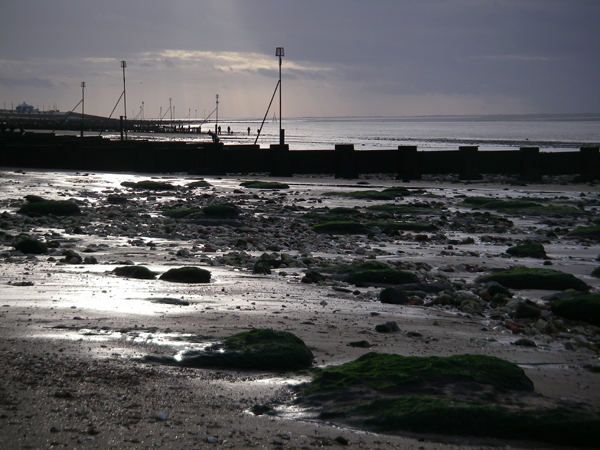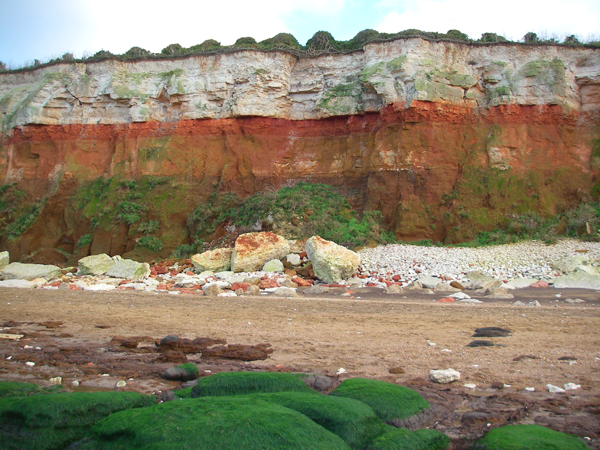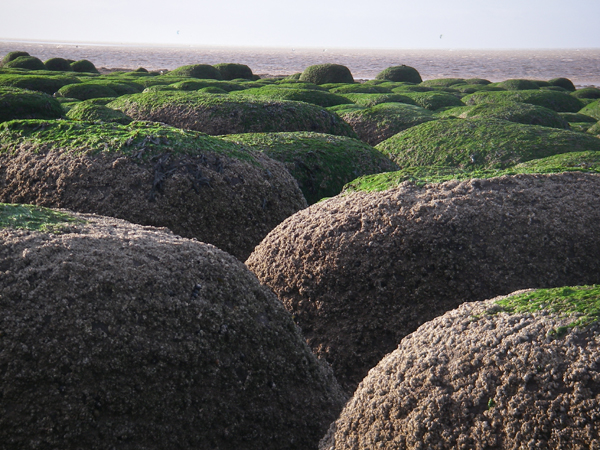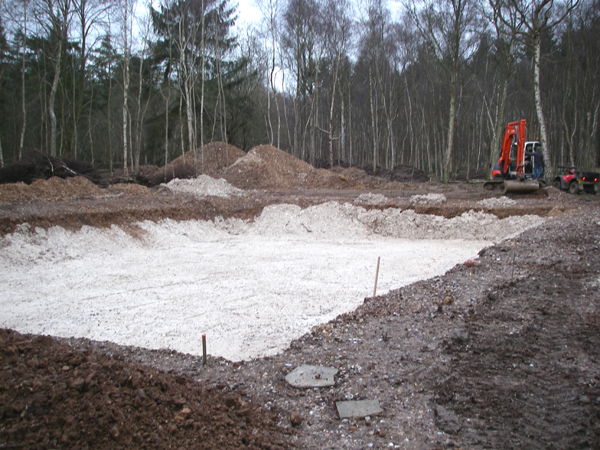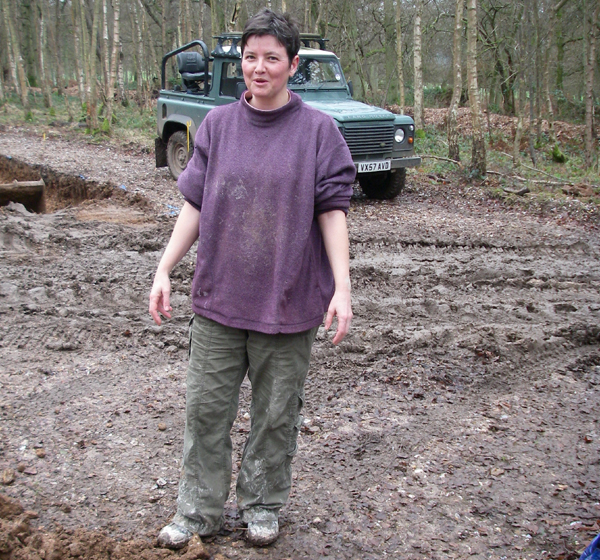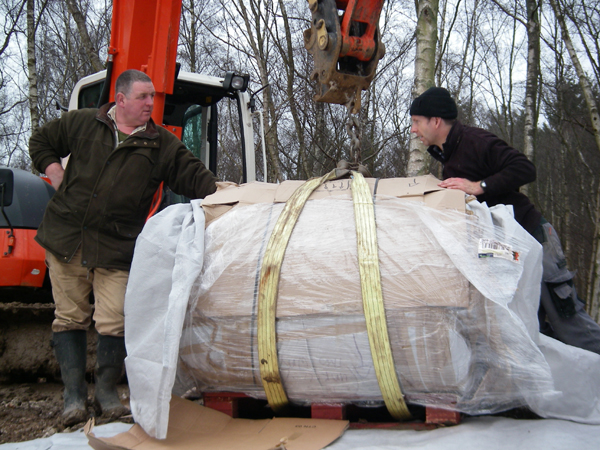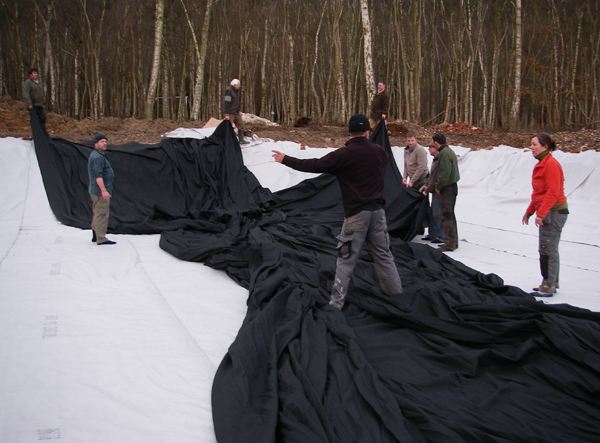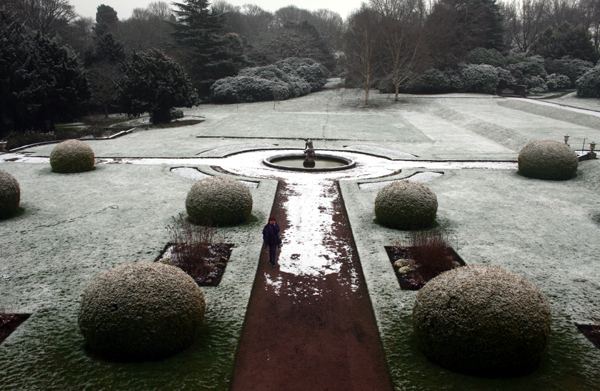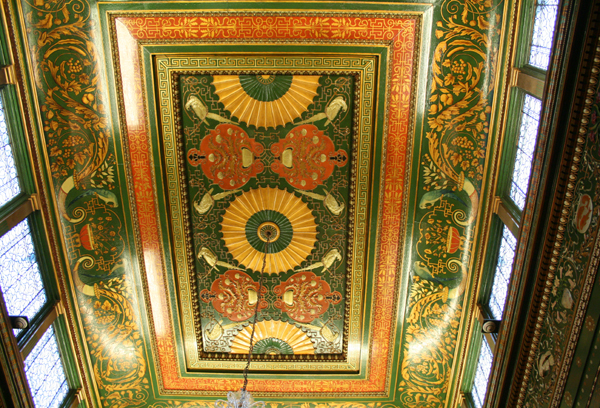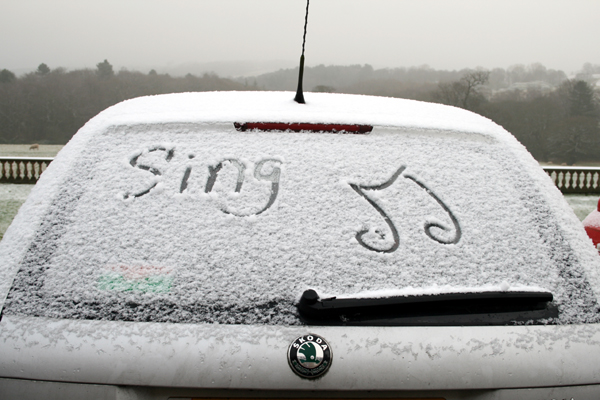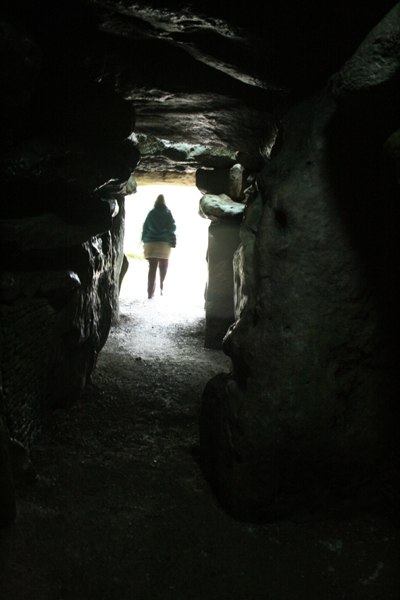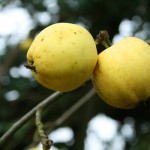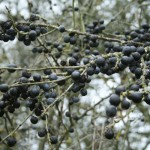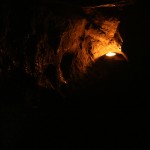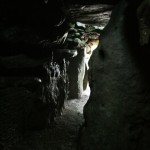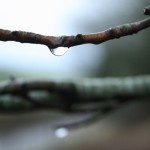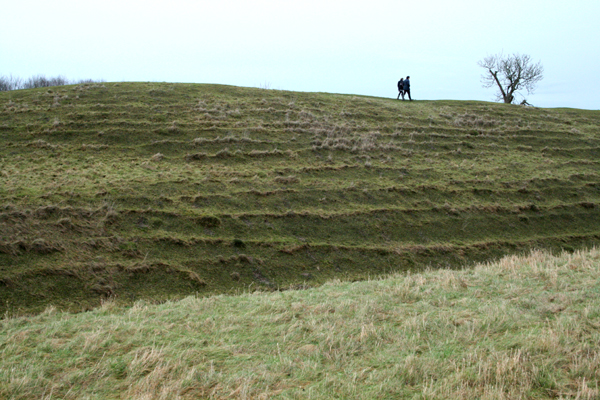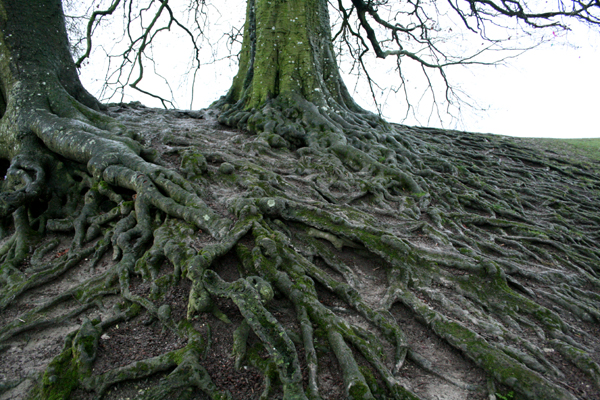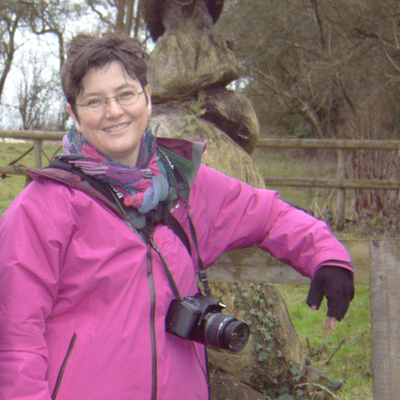2013 is here… So a very Happy New Year to you all. May this year be a good one: peace, health, prosperity, happiness, the whole shebang.
The festive season was certainly a good one for me. I got to catch up with more or less all of my family, including sundry nephews and one of my great-nieces (who is, of course, a total cutie). My mum came through a complicated spinal operation successfully and is recovering well, for which I am hugely thankful. And despite the generally discouraging weather (day after day of grey cloud and rain) I did get out into the wild winter countryside on occasion, as well.
One of many highlights was going to stay with my oldest brother in Norwich for a few days over new year. Not only is he a host par excellence (and a very good cook, to boot) but like me he enjoys rambling along by the sea. We made a trip up to Hunstanton (where the photo at the top of this blog was taken), which is right up on the north-west edge of the sticky-outy bit of Norfolk. I’d never been there before; it’s a funky old Victorian seaside town with the most amazing pink and white cliffs, kind of like coconut ice. (Anyone else remember making that when they were a kid?)
Both the white and red upper rocks are types of limestone, the reddish colour caused by staining with iron. There is also a brownish-red sandstone known as carrstone, similarly iron-stained. The limestone strata are full of fossils – a condition which my brother took full advantage of by spending a couple of busy hours working with his rock hammer to extract several really nice brachiopod fossils.
Being in a more beachcombing mood myself, I strolled for a while along Hunstanton beach, which is littered with curious rounded boulders somewhat reminiscent of stromatolites. Crouching down to eye-level with these boulders put me into what felt like a strange mythical landscape, with rounded hills rolling away to the horizon of the sea.
There’s even a genuine shipwreck on Hunstanton beach: the remains of the 1907 steam trawler Sheraton, mostly buried in the beach. This former fishing boat did duty in both World Wars, ending up rather ignominiously as a target ship for artillery practice. She drifted from her morrings in 1947 and was washed up on the coast, to be nibbled away at by salvagers until all that remains is the bottom section of her hull.
 After my Christmas and New Year familial wanderings it was back to work in early January. I had been due to help a team of people build a pond before Christmas, but freezing weather and then flooding had forced us to postpone. In the first week of January however it finally stopped raining so we were able to get to work. You may ask, “How does it take whole a team of people to build one pond?” Well, this wasn’t your average garden goldfish pond. No… This was more on the scale of being a minor civil engineering project. For all those who’d like to try this at home, here’s your step-by-step guide to building a very large wildlife pond:
After my Christmas and New Year familial wanderings it was back to work in early January. I had been due to help a team of people build a pond before Christmas, but freezing weather and then flooding had forced us to postpone. In the first week of January however it finally stopped raining so we were able to get to work. You may ask, “How does it take whole a team of people to build one pond?” Well, this wasn’t your average garden goldfish pond. No… This was more on the scale of being a minor civil engineering project. For all those who’d like to try this at home, here’s your step-by-step guide to building a very large wildlife pond:
Step 1, get a nice shiny mechanical digger to dig out a hole the size of, oh say an Olympic swimming pool.
Step 2: ensure pond hole conforms to the exacting design of top ecologist and pond-builder supremo Rod d’Ayala.
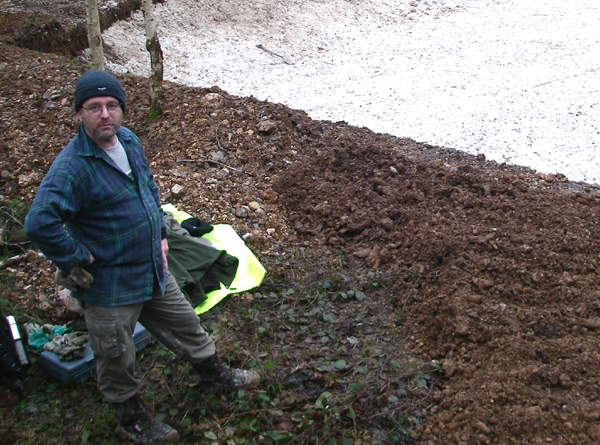 Step 3: assemble a team of highly-skilled, energetic and fetchingly-attired pond construction staff (aka ‘The Hired Muscle’).
Step 3: assemble a team of highly-skilled, energetic and fetchingly-attired pond construction staff (aka ‘The Hired Muscle’).
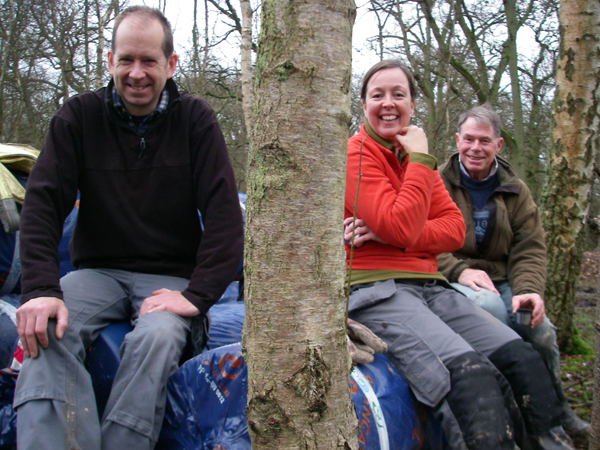 Step 4: pick out stones by hand from pond hole and cover any loose earth with puddled chalky clay (N.B. getting muddy is a vital part of this process).
Step 4: pick out stones by hand from pond hole and cover any loose earth with puddled chalky clay (N.B. getting muddy is a vital part of this process).
Step 5: line the entire pond (sides and bottom) with two layers of tough underlay material, to protect pond liner. Note that boots must be removed first, so enabling all those involved to spend the entire day padding about in the pond hole with soggy socks.
Step 6: lift roll of waterproof rubber pond liner (weighing over 600 kg) to edge of pond using digger, then pause to make sure you’ve got it lined up exactly the right way round because if you haven’t it’s going to be rather difficult lifting it out again.
Step 7: let the liner unroll!
Step 8: use your highly-skilled team to unfold the liner and get it tucked beautifully into position. (A great team-building exercise, this.)
Step 9: cover the whole thing with another two layers of underlay material, then cover that with a six-inch layer of topsoil lifted in by digger and spread by hand with shovels. Create marshy and shallow areas within pond by heaping up soil, following Rod’s cunning and intricate pond design.
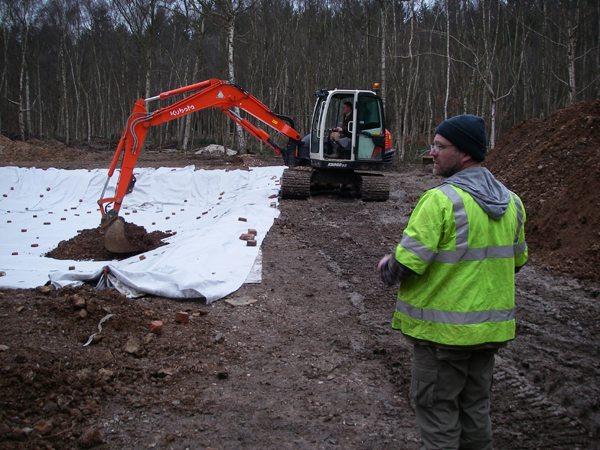 Step 10: go home to a hot bath and generally ache a lot for a few days afterwards.
Step 10: go home to a hot bath and generally ache a lot for a few days afterwards.
Actually, Step 10 should probably be wait for pond to fill with water… So I will re-visit the site over the next couple of months and see how it’s getting on. Watch this space. The pond has been built mainly to encourage toads, so it’s hoped that it will be full enough with water for them to find it attractive as they emerge from hibernation and start to do their courtship and spawn-laying in February. Fingers crossed.
Aching muscles or not, pond building was certainly a great way to start the new year. Being out in the fresh air and helping to create a valuable habitat for declining British wildlife, plus all the Eccles cakes I could eat… Life could be a lot worse!
January continued to be inspiring, with an opportunity for me to attend the Natural Voice Practitioners’ Network annual gathering, which was held at Wortley Hall near Sheffield. As a co-leader of Newbury-based community choir Sing The World I’ve been a member of NVPN for a couple of years now, but this was my first gathering – and what an amazing weekend it was. About a hundred incredibly creative and talented singing teachers and voice workers, gathered together to share ideas and teach songs to each other, in a lovely old country house set in beautiful Yorkshire landscapes.
Wortley Hall itself is an amazing place: a former private residence, it was bought by an independent co-operative organisation known as Wortley Hall (Labour’s Home), with the intention that it would be used by the working class as an education and holiday centre. Today it is still run on co-operative principles, and hosts all kinds of gatherings and events ranging from socialist celebrations and conferences to weddings and parties. My paternal grandfather was a strong socialist, so it felt wonderfully familiar to be roaming around a building whose rooms and wings are named after the likes of Keir Hardie, Robert Owen and Sylvia Pankhurst. In the current political climate it was heartening to be somewhere which celebrated a long tradition of radicalism and social justice. A whole bunch of us even sang The Internationale on the hall staircase – in four-part harmony, of course!
Not only was the hall itself a beautiful and peaceful place, but the staff there were friendly and the the food excellent. All of us at the NVPN gathering were working hard over weekend, so it was great to have such a lovely venue. Being singers, of course we kept the bar filled with song every evening… Until 2am, on one occasion! It was impossible to go to bed when there were always so many wonderful voices joining together in harmonies, wherever you went. Music was everywhere: in the bar; over breakfast, lunch and supper; during workshops; even on a 2-hour singing walk around the surrounding countryside (much to the amusement of a Ramblers group we met along the way). I feel very fortunate to have enjoyed such a great weekend, both from a professional development viewpoint but also because I made so many friends.
So all in all, it’s been rather a good start to 2013. Hopefully this is a good omen of things to come… I certainly plan to be getting out and about a lot this year, working and visiting friends and discovering all kinds of new and wonderful places. I’ll leave you with the wish that your own year ahead may be filled with good things too. Have fun, stay healthy, play in the snow and sing whenever possible. Or dance, if that’s your thing. Or do both! Looking forward to the adventures the coming year will bring…

